Thanks for signing up for the Master Guide to Winterizing RVs. Click any of the thumbnails below to watch the videos, or click on a new category to learn more about winterizing other types of vehicles! Make sure to bookmark this page for easy access as you follow along each day.
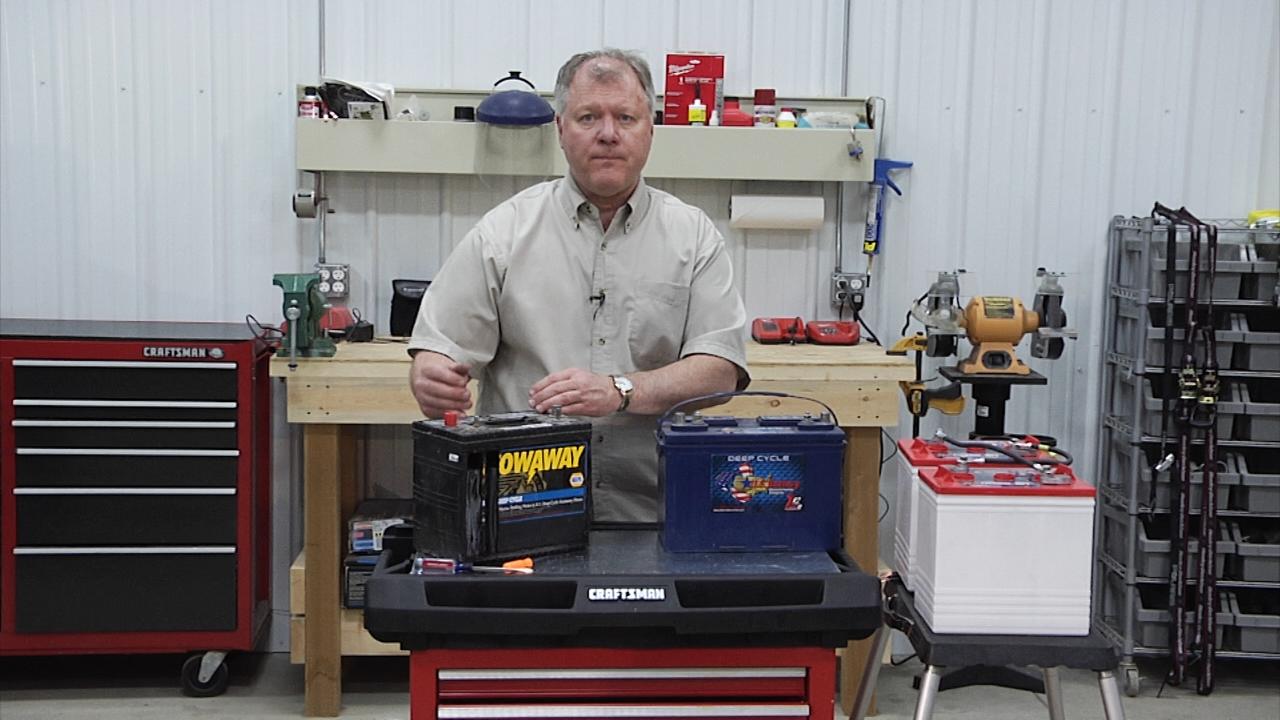
DAY 1
Proper RV Battery Storage: Tips And Troubleshooting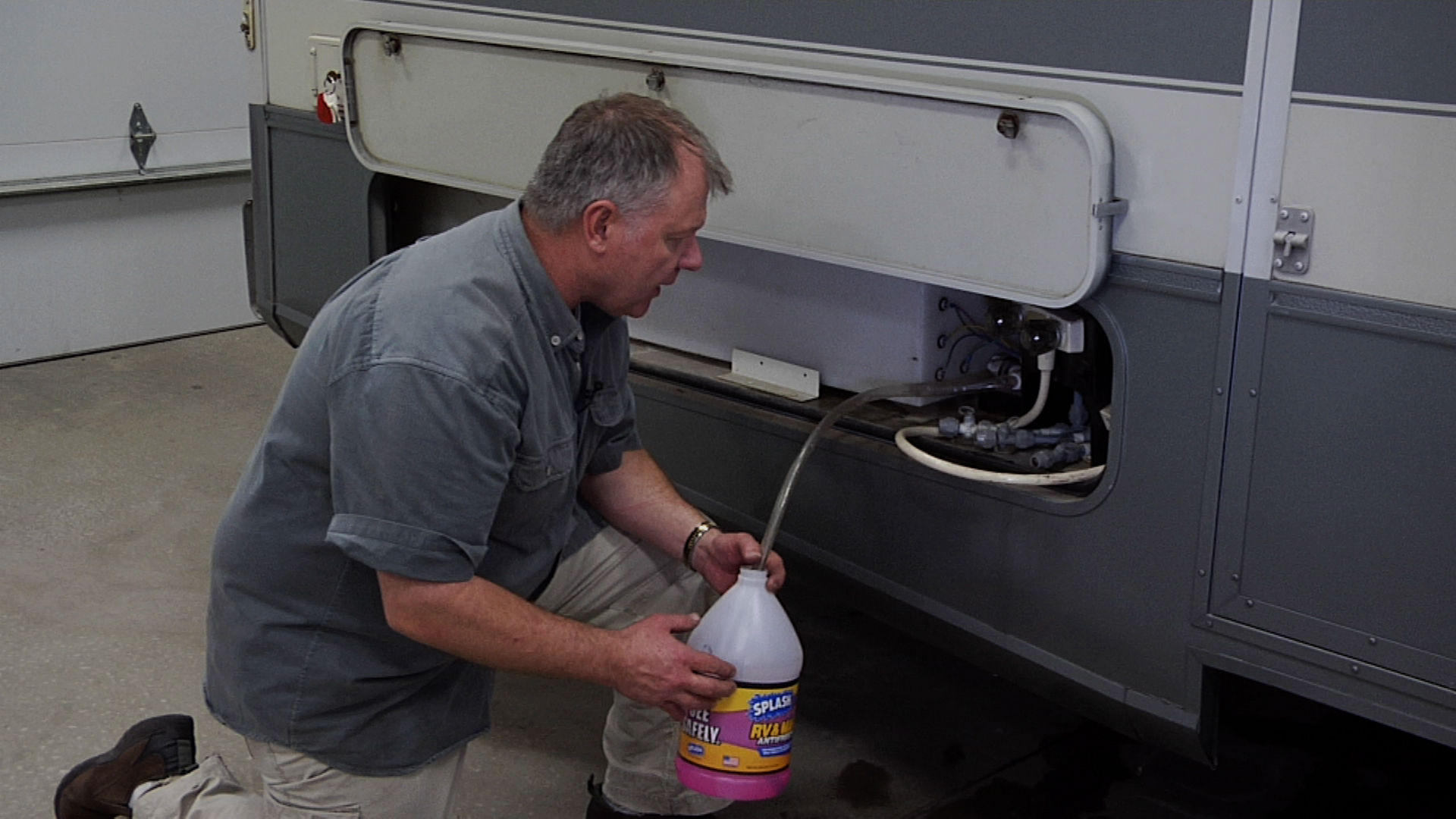
DAY 2
Using An RV Winterizing Kit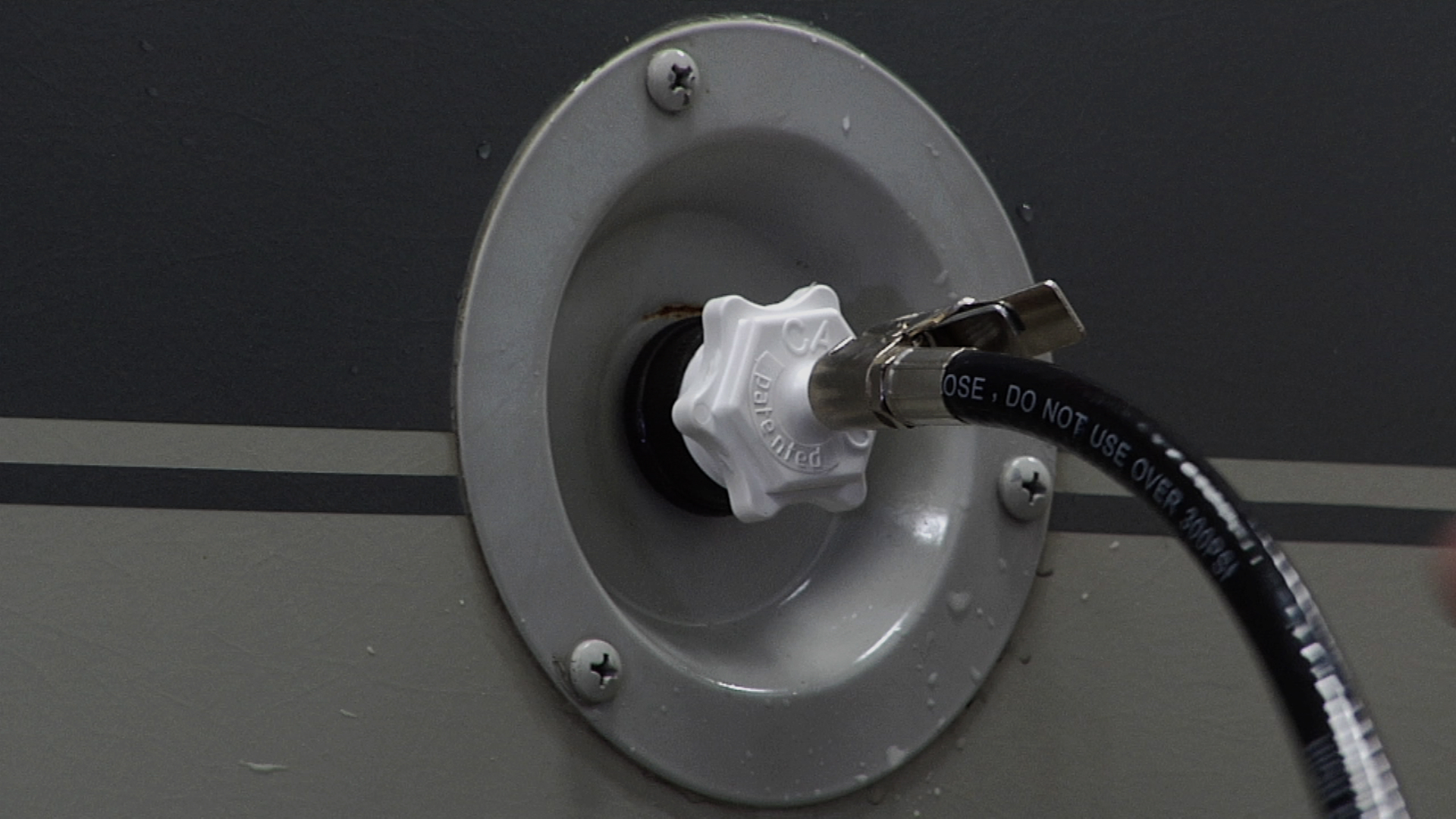
DAY 3
How To Winterize An RV Using Pressurized Air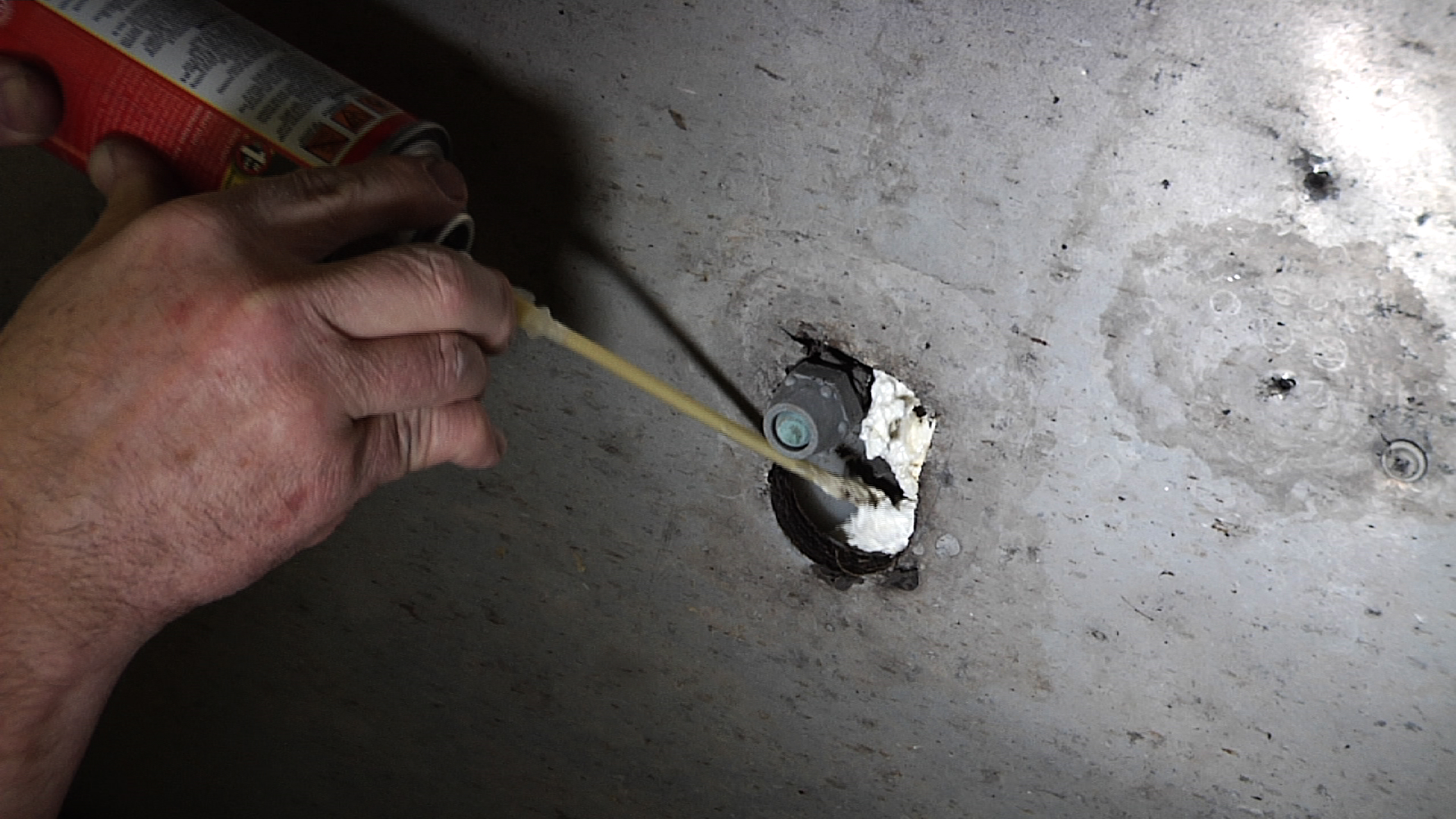
DAY 4
How To Keep Mice Out Of An RV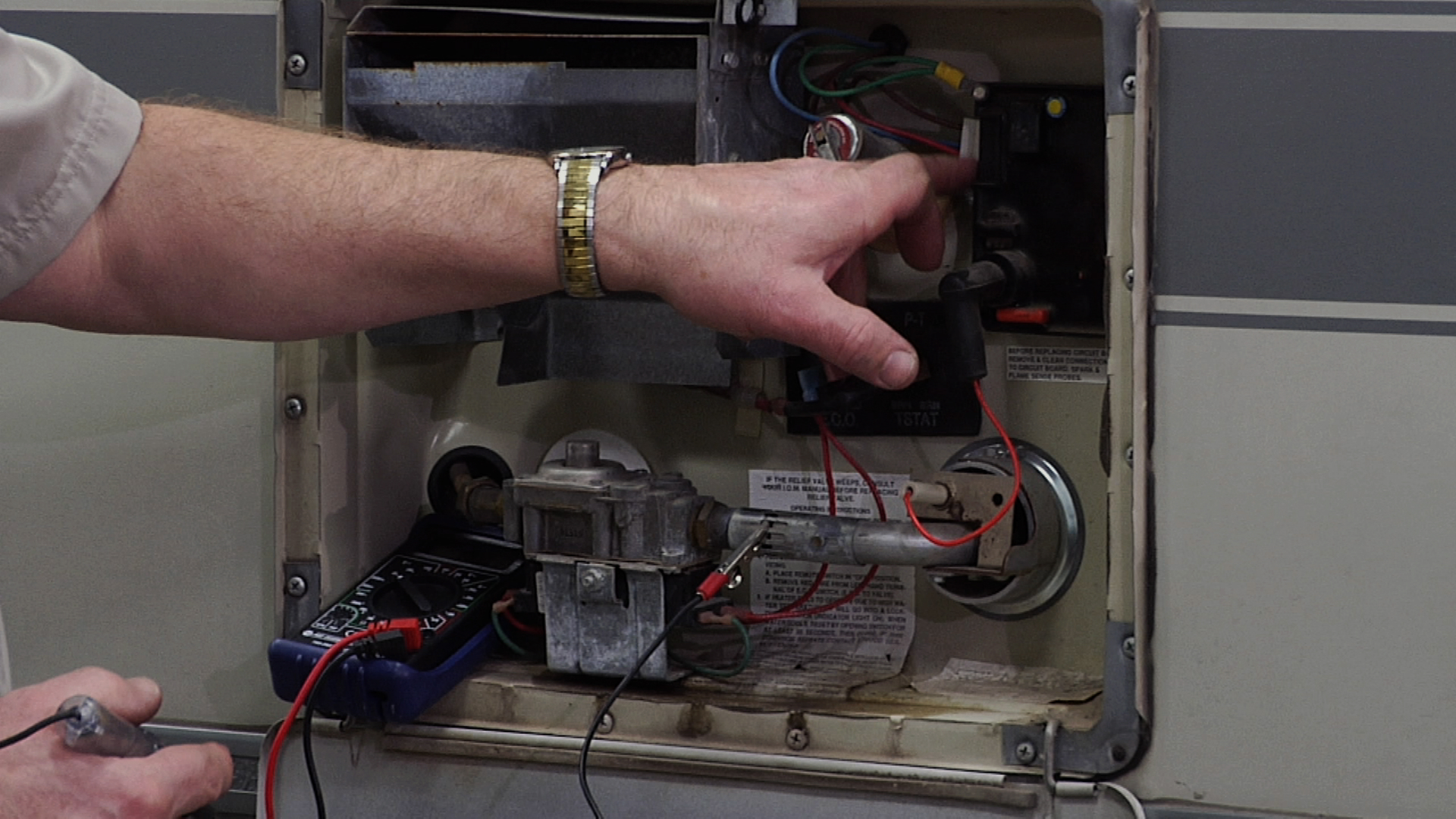
DAY 5
Tips For Winterizing An RV Water Heater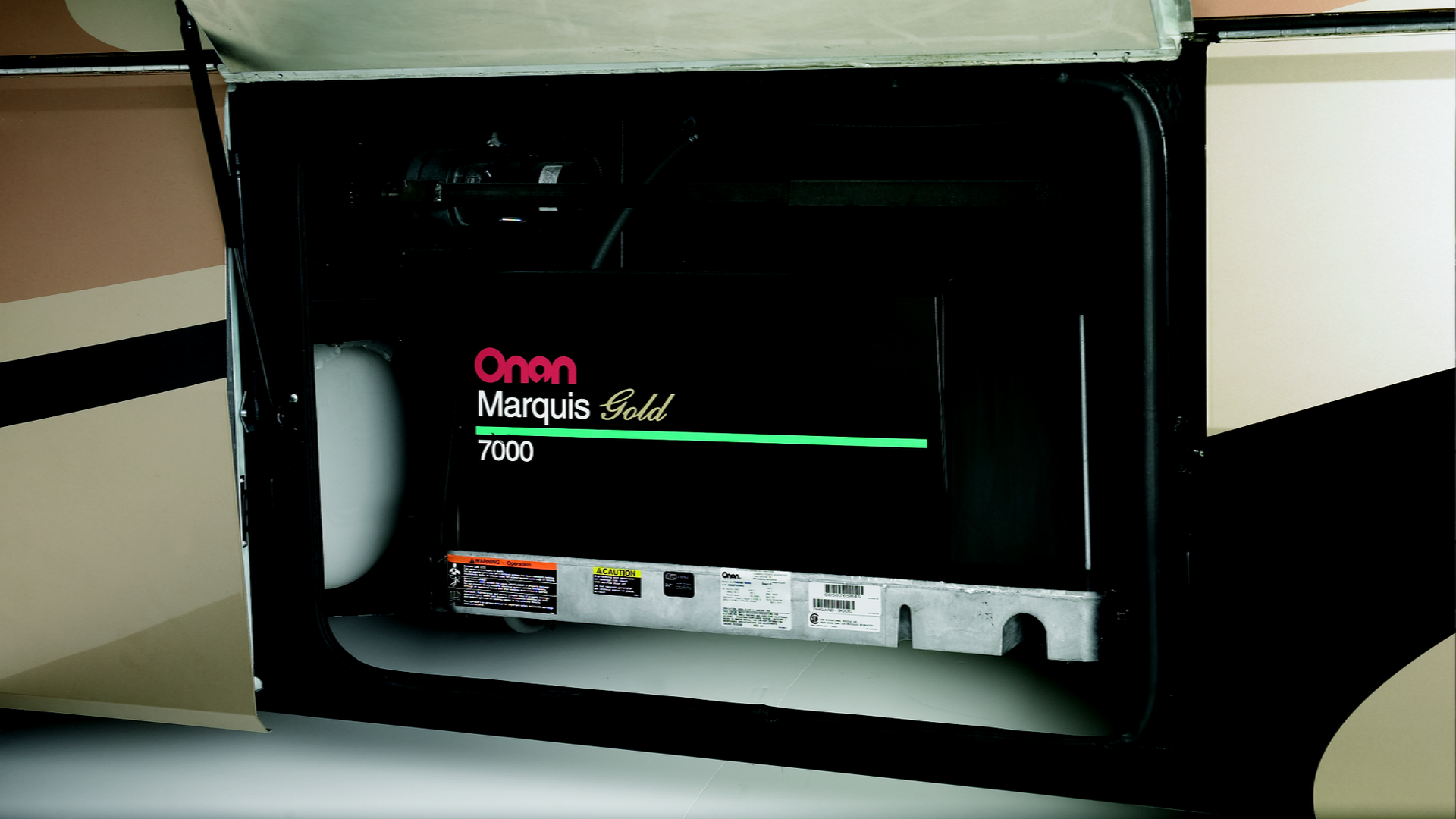
DAY 6
How To Winterize An RV Generator


On Battery Maintenance. I live in a cold climate. If I buy a solar powered trickle charger like you show in Video 1 rather than remove the batteries, I’ll still risk the possible battery damage from freezing right? Is the best plan to just remove the batteries and bring them inside the house for the winter and put them on a trickle charger there?
On Battery Maintenance. I live in a cold climate. If I buy a solar powered trickle charger like you show in Video 1 rather than remove the batteries, I’ll still risk the possible battery damage from freezing right? Is the best plan to just remove the batteries and bring them inside the house for the winter and put them on a trickle charger there?
I want to buy the wintering video for my RV
I have found it very hard finding videos for older Diesel class As. I m always searching for videos on maintaining my vintage RV
General winterizing
Winterize toilet
I have a tankless water heater and need to winterize. need tips.
Never winterized. Looking for money specifics for what I have.
I need help. First year winterizing
looking for information on how to winterize our TT RB 1805 colemen 2018